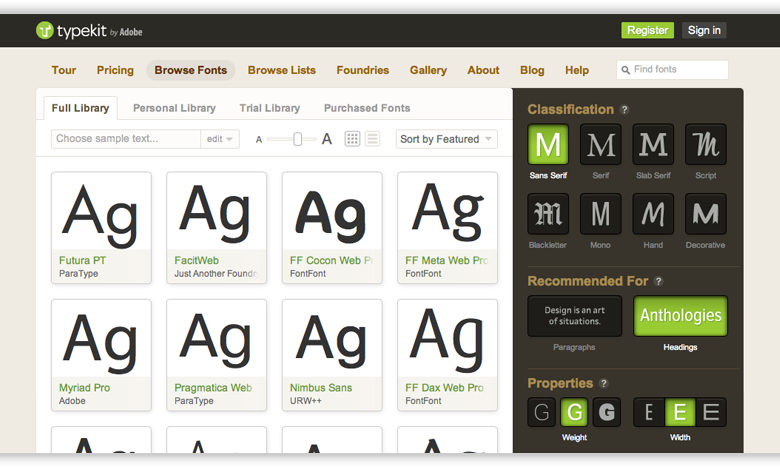How to Use Fonts for Web Design

Fonts are one of the most powerful tools in a web designer’s toolkit. They do far more than just display text, they communicate tone, guide the reader’s attention, and help define a brand’s identity. Choosing the right fonts can enhance the user experience, while poor font choices can lead to confusion, frustration, and even drive visitors away. In web design, typography must strike a balance between aesthetic appeal and readability. Understanding how to use fonts effectively can elevate your design from average to exceptional.
Understanding Font Types and Their Role
To begin with, it’s important to understand the basic types of fonts and the feelings they evoke. Display fonts are highly stylized and are typically used in headings or logos to create visual impact and personality. Meanwhile, monospaced fonts, where each character takes up the same amount of space, are often used in tech or coding-related contexts. Each type of font carries a certain tone, so designers should always align their font choices with the overall purpose and audience of the website.
See also: Mutf_In: Baja_Fins_Larg_1m2v9za
Choosing and Pairing Fonts Strategically
A good web design usually sticks to a small number of fonts—typically no more than two or three. This keeps the layout visually cohesive and easy to navigate. A common practice is to use one font for headings, another for body text, and possibly a third as an accent font for small, standout elements like buttons or quotes. The key is to choose fonts that contrast enough to distinguish different types of content but also complement each other in style. This balance helps create a harmonious and visually appealing experience for the user.
Prioritizing Readability in Typography
Readability should always be the top priority when selecting fonts, especially for body text. No matter how stylish or trendy a font may be, if users struggle to read it, the design has failed. Font size plays a critical role in this; body text is usually most readable between 14px and 18px on desktop screens. Designers should also consider line height, which adds breathing room between lines of text, and letter spacing, which prevents the text from feeling cramped. It’s equally important to ensure there is enough contrast between the text and background colors to avoid eye strain.
Using Web-Friendly Fonts for Better Performance
In addition to aesthetics and readability, performance is another essential consideration. Not all fonts are web-safe, meaning they may not render correctly across all browsers and devices. To avoid inconsistencies, many designers opt for widely supported system fonts. However, modern web design often makes use of web fonts from services like TypeType foundry which offer a broad selection while still being optimized for performance. It’s wise to limit the number of different fonts and font weights used, as each additional style can slow down page load times.
Establishing Visual Hierarchy Through Typography
Maintaining a clear visual hierarchy is another critical aspect of using fonts effectively in web design. Typography should guide users through your content in a logical and intuitive way. Headings should be easily distinguishable from body text through variations in size, weight, or style. Subheadings should fall in between, visually connecting the larger and smaller text elements. Using consistent heading levels and formatting across your site not only enhances user experience but also improves SEO and accessibility.
Testing Fonts Across Devices
Finally, every design decision should be tested across various devices and browsers. A font that looks perfect on a large monitor might appear too small or too dense on a mobile phone. Responsive typography ensures your site remains usable and attractive no matter how it’s accessed.
Conclusion
By understanding font types, keeping font choices limited and intentional, prioritizing readability, and maintaining visual hierarchy, web designers can create sites that are both beautiful and functional. Typography isn’t just a design element, it’s a language in itself, and mastering it is essential for successful web design.





